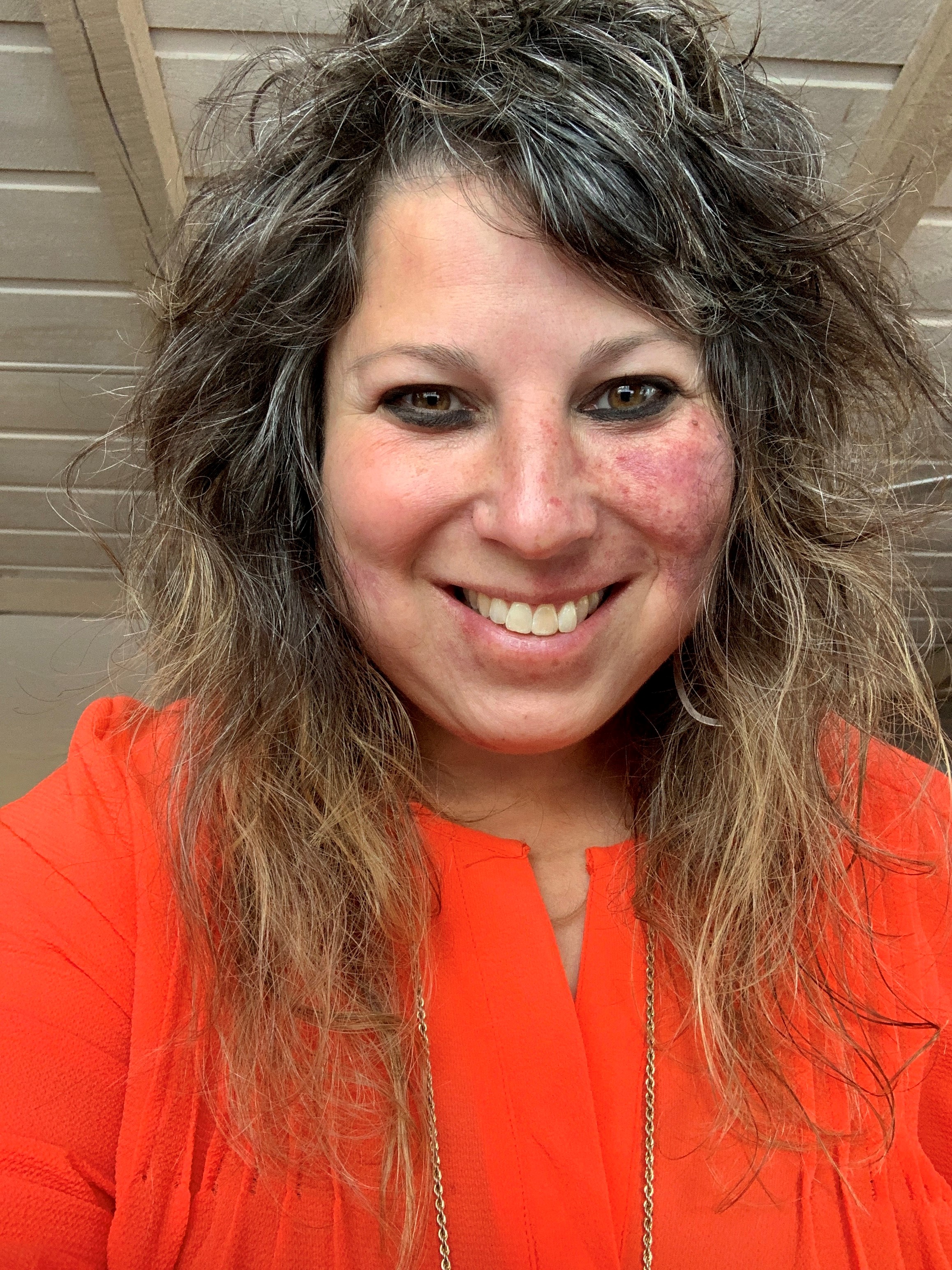Adding sauna to exercise routine reduces cardiovascular disease risk

A new study has found that eight weeks of regular sauna use and exercise was superior to engaging in exercise alone when it comes to major cardiovascular risk factors.
The research, published in the journal American Journal of Physiology, was conducted by investigators at the University of Jyväskylä in Finland. Expanding on previous work that showed promising results through sauna use and exercise, the objective for this study was to explore the likelihood of cardiovascular adaptations, using blood pressure (BP) and cardiorespiratory fitness (CRF) as primary outcomes, according to the study.
Researchers compared the effects of exercise and sauna bathing to regular exercise using a multi-arm randomized controlled trial. According to the study, the primary focus was to compare the cardiovascular adaptations of regular exercise alone to regular exercise and sauna bathing, with a sedentary control group to evaluate the efficacy of the eight-week exercise intervention.
A cohort of 48 middle-aged participants with low physical activity levels and at least one traditional cardiovascular disease risk factor were randomly assigned to 50 minutes of exercise, three times a week. Each session consisted of 20 minutes of resistance exercise, followed by 30 minutes of aerobics exercise. After the workout, participants in the exercise and sauna group went for 15 minutes of typical Finnish sauna bathing, according to the study.
They found that regular exercise improved CRF and body composition in sedentary adults with CVD risk factors. But combined with exercise, sauna bathing demonstrated a substantially supplementary effect on CRF, systolic BP, and total cholesterol levels.
“The results of this study lend support for the regular use of sauna bathing with regular exercise, and shows promise as a therapeutic adjunct, particularly for those with lower exercise capacities,” said Earric Lee, a doctoral researcher in the Faculty of Sport and Health Sciences, at the University of Jyväskylä in a statement.
According to the authors, future research should focus on the duration and frequency of exposure to ascertain the dose-response relationship.




















SHARE